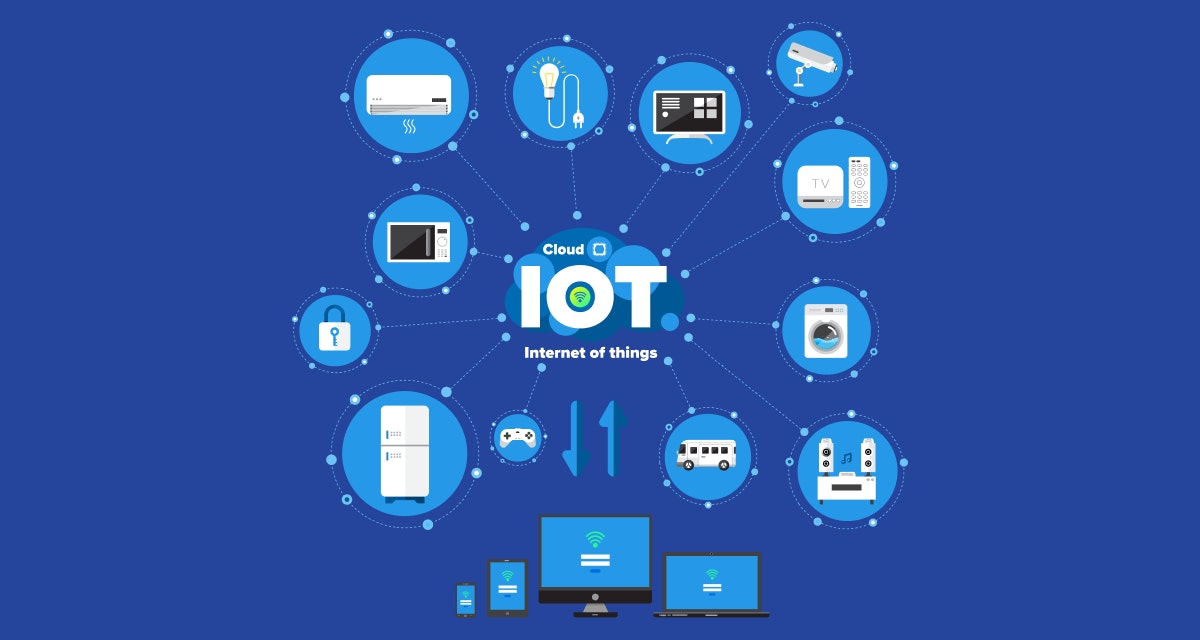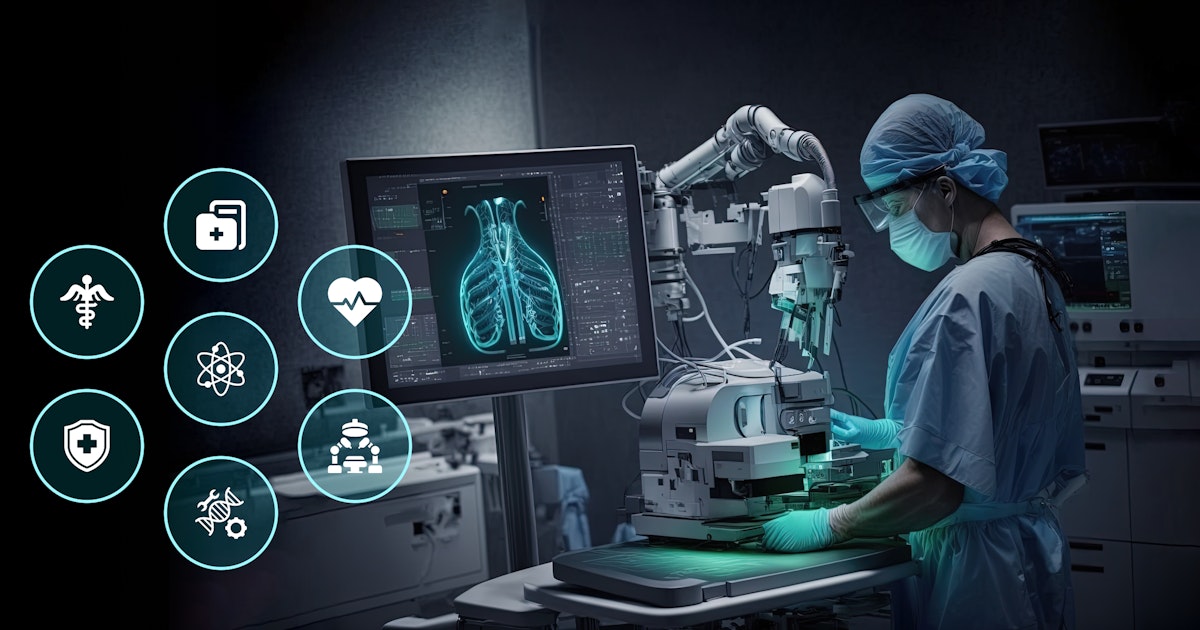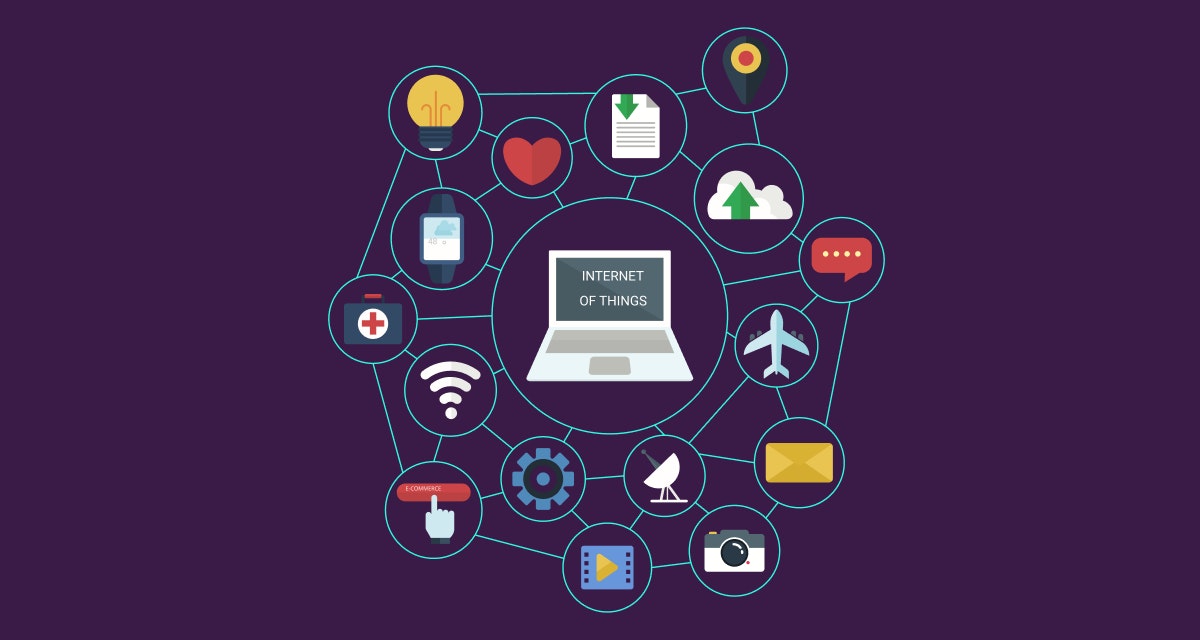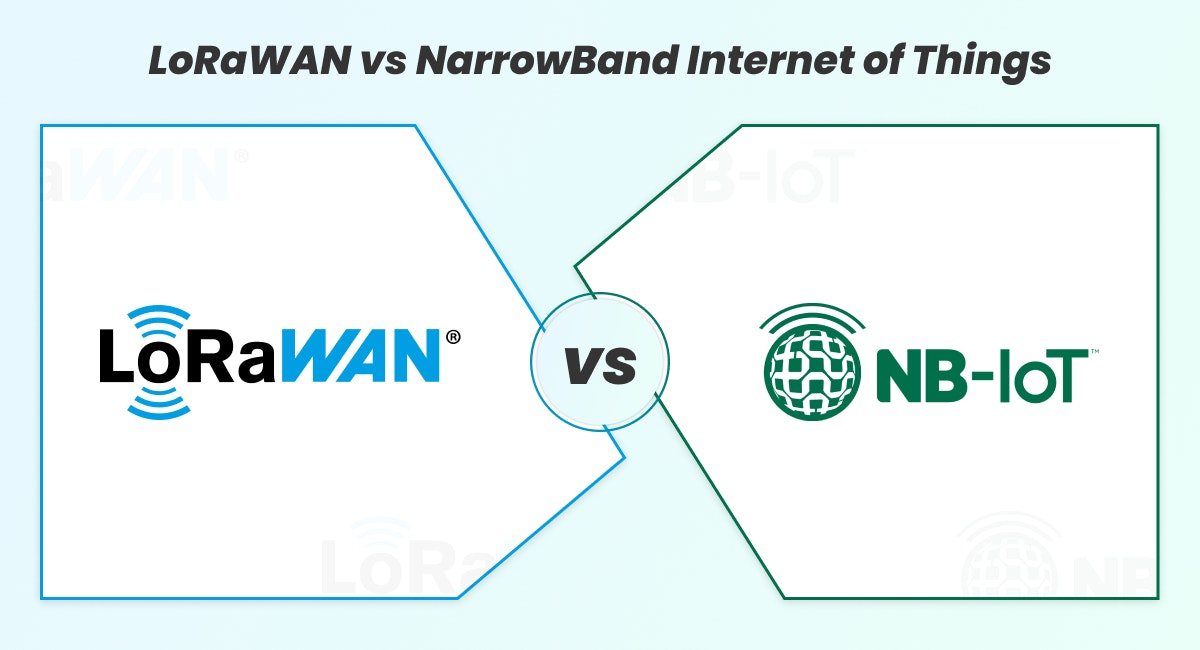Sensing-as-a-Service systems for IoT offer a range of benefits — they are scalable and cost-effective, ensure high performance, and collect data over large geographies. Used by different industries such as manufacturing, supply chain management, and healthcare, SaS has made it possible to collect data via sensors and deliver it in an understandable format to us for analysis. In this article, we will look at what makes SaS indispensable in-depth.
There is no denying that the IoT ecosystem is growing rapidly, and the number of IoT-connected devices being used across the globe is projected to increase to 43 billion by 2023
If you are in this field, you would agree that innovations in IoT happen relatively faster, with new applications and terminologies mushrooming now and then.
So, what do you mean by Sensing?
To be honest, we are using the most generic sense of the term. You see, an enormous amount of data is collected and transmitted to devices in real-time. That is the logic of IoT. We refer to that collector as a sensor.
Look around yourself — a thermometer at a weather station, the GPS location of your mobile phone, or a camera aimed at a parking space — all of these data points come through sensors that support these devices.
Without these sensors, the information would not reach the device in real-time and humans would not be able to monitor processes and assets reliably, accurately and consistently. Moreover, there would be no IoT.
The data sets are valuable!
The efficient management of network assets can help generate new revenue streams. Sensing-as-a-Service systems for IoT enable the exchange of non-proprietary data connecting the IoT applications. But there is so much more to this terminology.
Sensing-as-a-Service or SaS leverages Blockchain technology to help network operators create passive income. They can use this data monetization model to fuel their existing infrastructure.
We will understand this concept in detail later in the article but for now, please remember that the data collected in real-time can be analyzed and processed to evaluate its worth before sale.
SaS is an IoT-based cloud service prototype to allow the monetization of IoT data sets. It involves efficient delivery of sensor data via a data stream. The data is then shared with different stakeholders based on demand.
Is SaS changing the future of IoT?
Absolutely! The future of IoT presents an opportunity to use data collected from different devices. This comfortably facilitates creating a wider network of devices that use data interchangeably.
For example, the data collected from the sensors in a location-based smart heating system might accurately track the family members who would be home first and automatically get switched on so that they can use hot water.
Such coupling can prove to be a significant technological breakthrough. The collected data by these sensors can be categorized as:
- Spatial based on location, orientation, and speed
- Temporal evaluating time and duration
- Environmental measuring levels of temperature, humidity, light, noise
- User characterization to monitor activity or social surroundings for identifying patterns and interactions
- Resource availability to keep track of battery power or analyze storage and computational speed
All the collected data will be useless if not leveraged efficiently. The concept of SaS is to utilize this data and generate value from it.
Sensing-as-a -Service in IoT architecture
The promise of IoT has always been its ability to automate the world we live in. That means a steaming hot mug of coffee for you at the right time in the morning. But for the coffee maker to know the exact time it should start brewing beans could depend on the following factors:
- The exact time the alarm sets off
- The exact time the person leaves the bed
- The time taken to come down to the kitchen
Imagine if there were sensors all over the person’s house, linking to the coffee machine. SaS provides sensing services using sensor-based networks and the physical devices connected to that network.
The sensor data is traded using Blockchain technology to maintain transparency during transmission. Using common IoT infrastructure and cloud storage ensures information is stored, processed, and collected efficiently and cost-effectively.
What does a SaS model look like in the IoT paradigm?
If you want to visualize the SaS model, then think of it as a marketplace where the sensor data is a platform through which data owners can exchange data to interested consumers through a ‘pay-as-you-go’ model.
A generic SaS model includes the following components:
- Sensing devices that collect data
- A data consumer who needs the data
- The sensing infrastructure including service providers, servers, and publishers
These work in tandem in a SaS model where the consumer generates a data request. The service providers collect data through sensing devices or pull up existing information from their databases to meet customer requirements.
The sharing of IoT infrastructure decreases the cost of acquiring sensor data, and makes it a feasible option for businesses of all sizes.
The architectural requirements of SaS models are:
- A layered system capable of handling changes in the environment and network channels. It should be optimized for power consumption.
- Essential abstractions will be needed to perform fundamental operations across heterogeneous sensor devices.
- Consistent integration of higher-level systems to exchange sensor information quickly.
- Ideally, the model should be capable of managing both dynamic and static networks.
Additionally, the fundamental components of SaS architecture are the worker nodes and the cloud platform. The platform controls all the sensing tasks, whereas the nodes execute the sensing tasks as per the requirement of the cloud IoT platform.
Functionalities supported by the SaS model
1. Web interface
This collects information from cloud users and makes it accessible over digital devices.
2. Tracking devices
It is crucial to maintain all the information related to all network devices, such as the number of sensors, locations, residual energy, and mobile devices performing sensing tasks.
A suitable interface designed between mobile devices and sensing servers facilitates gathering the sensed data, and further, it also enables to push sensing tasks to mobile devices.
3. Generating sensing tasks
Sensing tasks are initiated based on user requests.
4. Recruiting mobile users
Sensing service providers shortlist the mobile device users to participate in the sensing process as per the demand of the new sensing schedule.
5. Scheduling sensing activities
A scheduling algorithm or policy controls and monitors the sensing activities of each sensing task (for example, transmitting data to the sensing server) and associated smart devices.
6. Managing sensors
An application to enable the operation of a sensor device is deployed. It allows the sensor devices to perform the requested sensing actions, including collecting sensed data and its transmission to the sensing server.
7. Storing and handling the data
The data collected by sensors and transmitted over sensor networks must be sorted and stored in the database for easy retrieval.
Pros of SaS
In domains where the timely exchange of information is essential to reduce event response times and ensure a successful incident resolution, sensors play a crucial role. Here are a handful of benefits of Sensing-as-a-Service:
1. Effective performance in adversity
Sensing networks work effectively in harsh and unsafe environments. They collect data in adverse conditions and make the process more cost-effective than handling it manually. This is not possible if done manually by human beings.
2. Scalability
Sensor nodes can be increased or decreased quickly to scale the surveillance region as per requirement. It does not require any up-gradation of existing sensors. This is not only cost-effective but also ensures operational efficiency.
3. Easy data collection over wide areas
Sensor nodes work on signal relays that collect data by cooperating with other nodes of the network. Therefore, it is not mandatory to establish a connectivity range throughout the network. This makes data collection possible throughout multiple geographies.
4. Minimize risk to resources and assets
Using sensors cuts down the requirement of human intervention, saving precious person-hours. They offer real-time and predictive data, which helps protect physical assets with timely corrective measures.
5. Data monetization
Existing network assets are utilized to create new data streams. Therefore, real-time data about an environment can be properly monetized.
Cons of SaS
SaS might offer all the benefits in the world, but like every coin, it also has another side. Here are two disadvantages of Sensing-as-a-Service systems for IoT:
1. Security concerns
SaS technology is relatively new, and it lacks robust security systems. Sensing networks are therefore vulnerable to security attacks.
2. Energy consumption
Batteries power sensors, but they do not have an optimal operational lifetime. This leads to latency in the network and an increase in routing costs.
SaS use cases you should know about
IoT sensors have become essential in reducing costs, improving operational efficiency, and enhancing worker safety. Here is how SaS is being deployed in different industry niches for various purposes:
1. Smart cities
Sensor networks enable the functioning of smart cities. They can be used for monitoring traffic, parking spaces, noise, and pollution levels.
Infrastructure health can also be judged through sensors to schedule preventive maintenance activities of bridges, buildings, and historical monuments. Connecting cities through sensors also helps in managing costs through smart lighting, roads, and waste management.
2. Smart environment
Smart sensors can help collect data related to changes in the environment. Early detection ensures the timely resolution of environmental challenges. They are helpful for the early detection of earthquakes and forest fire detection based on rising temperatures.
Other applications include snow level monitoring to predict avalanche and landslide prevention by monitoring soil moisture and density and vibrations in the earth. The sensors also detect air pollution levels to control CO2 emissions.
3. Smart water
Sensing networks help monitor water quality in water bodies of varying sizes. Main applications include detecting chemical leakage in rivers, pollution levels of water bodies, and monitoring water levels in dams to control floods. Localized usage includes controlling water temperature and quality in swimming pools.
4. Security management
Sensors can be installed in industrial setups to maintain security and control emergencies. For instance, Perimeter Access Control sensors monitor security breaches by controlling unauthorized access to specific areas.
They generate alerts in case of a rise in radiation levels or liquid levels and even detect gas leakages to prevent accidents.
5. Smart logistics
Supply chain management is streamlined with the use of sensing networks. Quality of shipment and storage conditions can be evaluated through sensors. Embedding sensors in item tags ease inventory tracking and management. Fleet owners can leverage the power of IoT and sensors to maintain their vehicles and optimize their usage.
6. Industrial management
Sensors in factories handle monitoring floor conditions and machinery health. It reduces the need for manual maintenance check-ups and ensures preventive diagnosis of mechanical wear and tear.
Advanced M2M applications run auto diagnosis tests to alert about upcoming issues in pieces of machinery. Other applications include maintaining indoor air quality, keeping the temperature under control, and detecting gas leakages.
Over to you
The IoT market is evolving, and as it grows entirely, new business models are coming up. Beyond collecting and storing data, there is a rising need to organize the large volumes of inbound and outbound data sets. SaS involves making data available on demand.
The data can be conveniently used if it is understandable and easily accessible. Offering Sensing-as-a-Service systems for IoT allows companies to leverage existing networks instead of investing in expensive physical networks.
In addition, creating smart contracts for SaS deals using Blockchain technology ensures transparency and provides security to data owners investing in newer IoT-based business models. In other words, the future is not devoid of IoT applications everywhere.
We at Intuz believe that we can make this future a reality. In fact, our developers are experts in building IoT systems like remote-controlled solar inverters and home automation tools, but our inventions are both Bluetooth and WiFi-enabled.
Come on, let us redefine the user experience and improve your business productivity and efficiency. Sign up for a free consultation on our website today!





